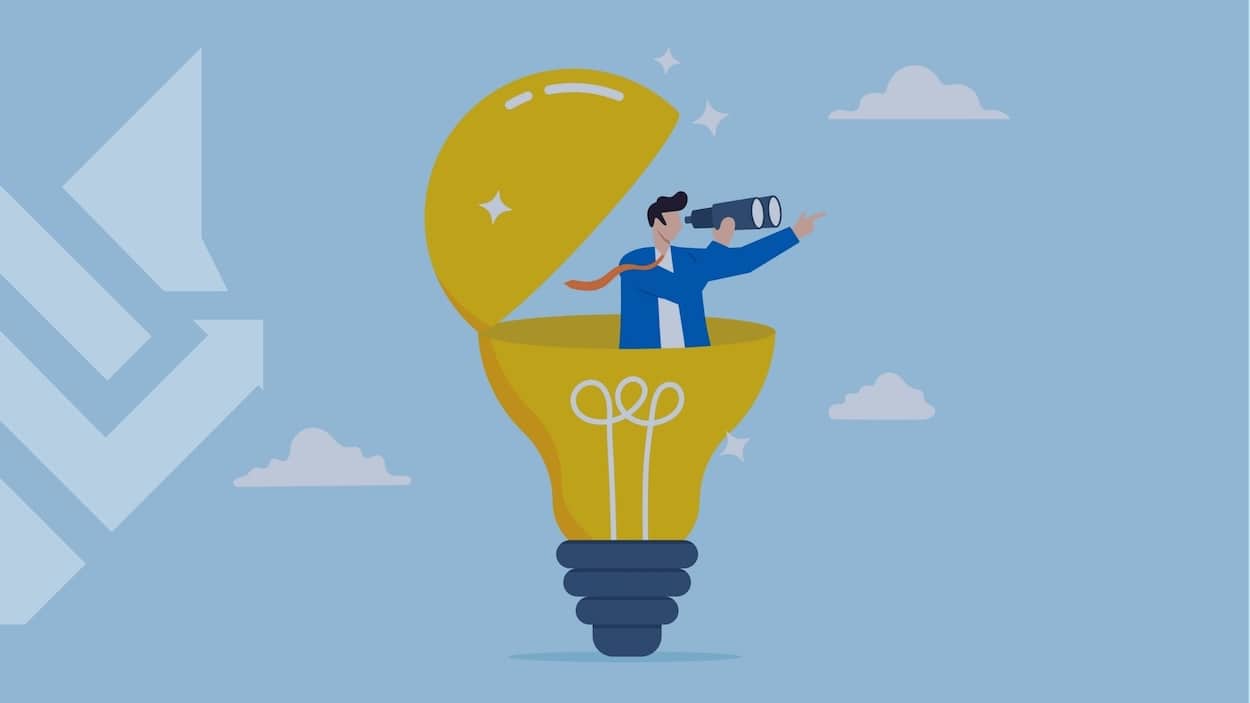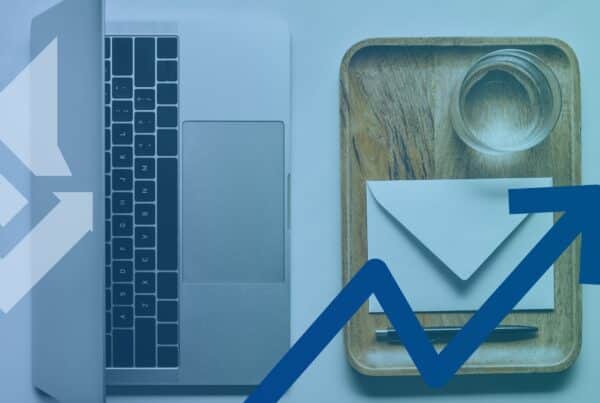Last updated on February 10th, 2025 at 10:19 am
Ever notice how some emails immediately grab your attention, making you eager to click? That’s an example of the curiosity gap at work – a helpful key to unlocking higher email open rates. It hinges on the simple human desire to know more, bridging what we know with what we can discover.
But why does the curiosity gap matter for your emails? Well, leveraging it effectively can take your messages from overlooked to must-reads. This article will look even further into curiosity-driven email marketing to reveal tips for irresistible subject lines, optimizing preview text, and delivering valuable content. Ready to increase those open rates? Let’s get started.
What is the Curiosity Gap?
At the ground level, the curiosity gap is a psychological trigger. But why does it capture our attention so effectively? Because the curiosity gap plays on our natural tendencies to solve puzzles and uncover missing information.
Our brains are wired to close information gaps, making us naturally inclined to seek out missing details. When applied to email marketing, it becomes a powerful tool that can significantly enhance engagement. For instance, the entertainment industry often leverages the curiosity gap in movie trailers and book blurbs, teasing just enough information to make the audience crave the full story.
Similarly, in the world of email marketing, crafting messages that hint at valuable insights or solutions without giving everything away up front can entice recipients to open your emails and discover what lies beyond the subject line.
The Role of the Curiosity Gap in Email Marketing
The main contribution of a curiosity gap is making your emails stand out in a crowded inbox. Research has shown that a compelling or urgent subject line alone can influence 33% of email recipients to open an email. This alone highlights the critical role of the curiosity gap in enhancing open rates through engaging and thought-provoking subjects.
Additionally, personalization in email campaigns magnifies this effect by creating a curiosity gap with a message that seems uniquely tailored for the recipient. Doing this can increase open rates by 35% or more, illustrating the dual impact of personalization and curiosity-driven strategies.
Creating this knowledge gap using personalized content and appealing to reader emotions like urgency encourages recipients to explore further, transitioning from passive observers to active visitors. Quickly grabbing attention and promising something valuable to the reader empowers your emails to become irresistible invitations to engage. This fulfilled promise of value is what distinguishes effective curiosity-driven campaigns from mere clickbait!

How to Craft Emails that Pique Curiosity
Firstly, the doorway to your email’s content is the subject line – make it count. Aim for subject lines that spark curiosity without giving everything away. Think along the lines of “This One Change Boosted Our Sales by 50%” — enough detail to intrigue, not enough to satisfy without opening.
Optimizing Preview Text
Next, consider the preview text as your subject line’s best friend. It should work in tandem to grab the reader’s interest. Use it to add a layer of intrigue or offer a compelling teaser like, “The secret? Surprisingly simple.”
Content Teasers
Then, begin your email with a hook that pulls readers in. From there, structure your content so that each section peels back a layer, keeping readers scrolling.
For instance, start with a bold statement or a surprising fact, then reveal the details piece by piece, ending with a strong call to action.
Key Points to Remember
- Be Authentic – Your content should promise what you can deliver. Misleading your audience can harm trust and damage your brand’s reputation.
- Know Your Audience – Tailor your messages to the interests and needs of your audience. Personalization enhances the effectiveness of the curiosity gap.
- Keep It Clear and Concise – Equally important, don’t sacrifice clarity for intrigue. Your emails should be easy to read and understand.

One example of a subject line and preview text that pique interest in a certain audience
Creative Applications and Other Ideas
Expanding the curiosity gap beyond subject lines and preview text opens up possibilities for deepening engagement and driving action. Start by segmenting your audience and personalizing your emails.
Tailoring your messages based on user behavior, preferences, or past interactions makes the curiosity you create more relevant and compelling. For instance, if a segment of your audience frequently purchases tech gadgets, a subject line like “The tech revolution no one saw coming…” directly taps into their interests, making them more likely to engage.
Interactive Elements
Interactive elements such as quizzes, polls, or even simple puzzles invite active participation. An email that includes a quiz with a subject line like “Can you solve this?” or “What does your favorite coffee say about you?” piques interest and makes the act of opening the email a part of the discovery process itself. These elements not only leverage the curiosity gap but also enhance user engagement through interaction.
Use Storytelling
Also, storytelling is a powerful tool to create a series of emails that build on each other, with each message serving as a chapter that leaves your audience waiting for the next.
Start with a compelling story that hints at a problem or discovery and promise the resolution in subsequent emails. This not only uses the curiosity gap but also builds a narrative that keeps your audience coming back for more.
Offers and Sneak Peeks
Offer exclusive access or sneak peeks to your subscribers as a way to utilize the curiosity gap. An email campaign that teases a forthcoming product launch or an exclusive offer builds anticipation and makes your audience feel special. Use language that conveys exclusivity and time sensitivity, such as “A sneak peek just for you—don’t miss out!”
Follow-Up Emails
When the time comes, re-engage your audience with follow-up emails that hint at what they might have missed in previous communications. A subject line like “Did you catch this?” or “You might have missed out…” leverages curiosity to get recipients to revisit previous content or offers, increasing the likelihood of engagement.
Implementation Tips
- Track and Analyze – Use analytics to track which emails perform best and why. With this data, you can refine your approach to using the curiosity gap.
- A/B Testing – Test different strategies to see what resonates most with your audience. This could include varying your subject lines, preview text, or the type of content that includes interactive elements.
- Feedback Loop – Encourage input and reviews from your subscribers about what they enjoy and what could be improved. This direct line of communication can provide invaluable insights for tailoring your content.
Avoid Common Missteps Getting Started
While the curiosity gap is a great tool for your email marketing arsenal, it requires a bit of careful consideration. So, here’s what to steer clear of to maintain the integrity and effectiveness of your campaigns.
Over-Promising
The most critical error marketers make is creating a curiosity gap that sets expectations too high, leading to disappointment. Ensure that your email content delivers on the promises made in your subject lines and preview texts. Disappointment can erode trust and deter readers from engaging with future emails.
Relying Too Heavily on Subjects
A clickable subject line might spike your open rates momentarily, but it’s a short-lived victory if that’s the best part of the email. Remember, content that uses sensationalist or misleading subject lines harms your brand’s credibility in the long run! Focus on crafting intriguing, honest subject lines that accurately reflect the content of your email.
Skipping Segmentation
Another important piece of the puzzle is that not every email will pique the interest of every subscriber. Failure to segment your audience and tailor your emails can lead to disengagement. Utilize data on your subscribers’ behavior and preferences to create personalized, curiosity-driven content that resonates with different segments of your audience.
Leaving out Preview Text
The preview text is an extension of your subject line and another opportunity to entice your reader. Overlooking its potential or allowing it to auto-fill with generic email body text is a missed opportunity. For that reason, use this space to complement your subject line and enhance the curiosity gap.
Lacking Value
Every email should offer value, whether it’s in the form of information, entertainment, or opportunities. Focusing solely on creating curiosity without considering what’s in it for the reader can lead to disengagement. Your content should fulfill the curiosity you’ve sparked by providing clear, tangible value.

Wrapping Up
To summarize, while the curiosity gap in your email strategy helps get clicks, it’s value and a connection with your audience that will boost engagement and drive action.
Ultimately, every email is an opportunity to learn more about your audience, refine your approach, and build stronger relationships. Ready to see how the curiosity gap can revolutionize your email marketing? WolfPack Advising is here to guide you through every step, if you need a partner – schedule your consultation today.




